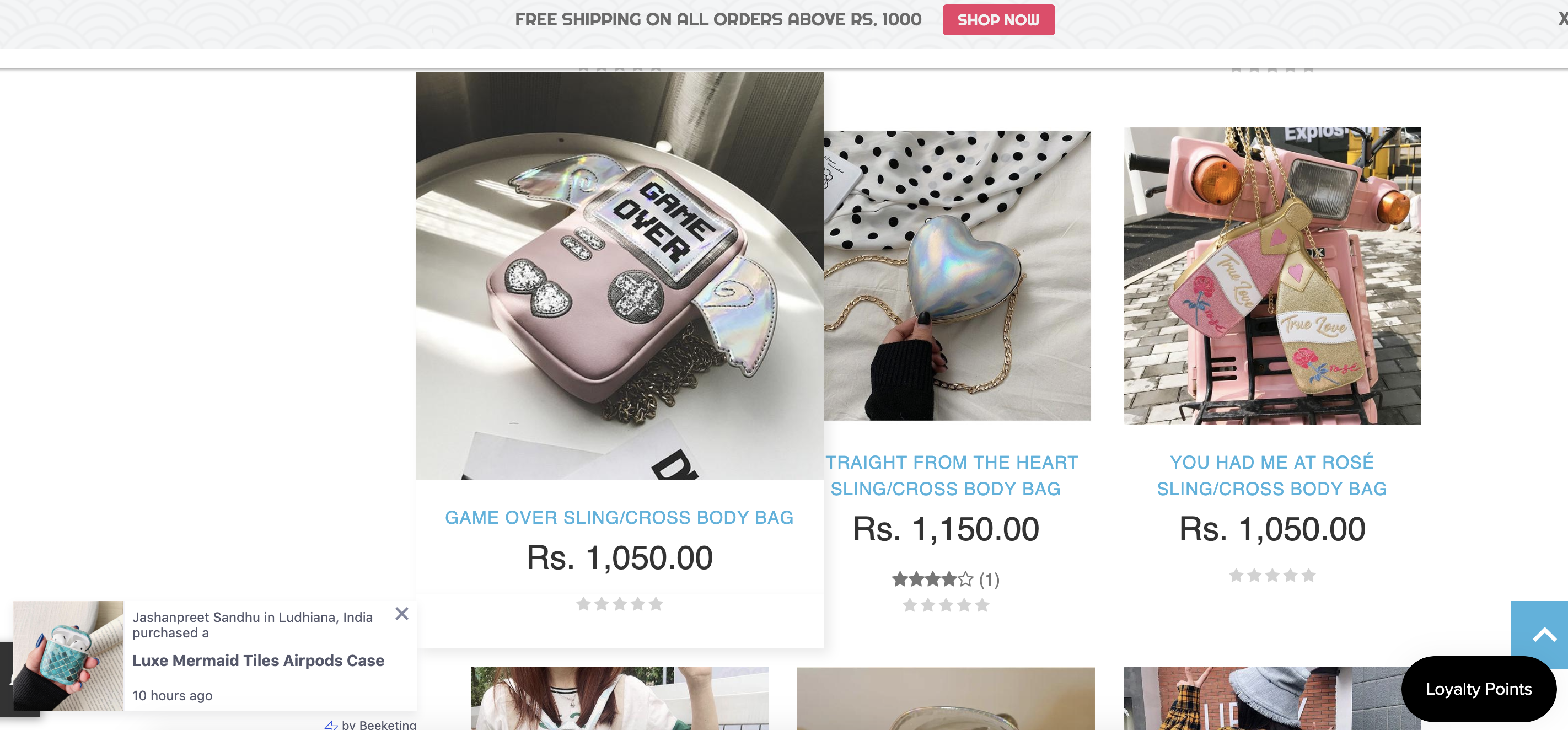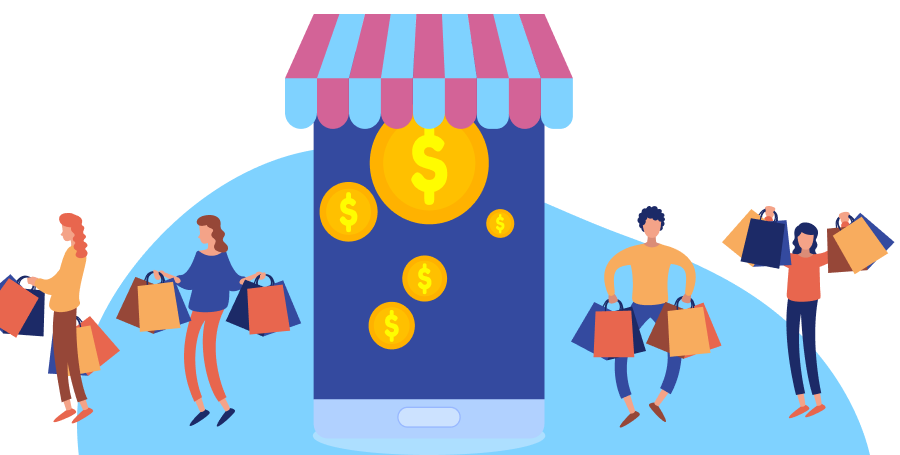The eCommerce industry is growing faster than ever. As shoppers get the option of making purchases from more brands, the competition to survive for these brands is increasing too. They spend thousands of dollars driving traffic to their store using search ads and social media, only to get a fragment of those visitors turning into their customers. In this article, we’re sharing on-site eCommerce conversion optimization hacks that will turn the millennial shopper into your customer in no time!
On-site eCommerce Conversion Optimization
1. Remove competitor ads
First things first. When you’re spending so much on driving traffic to your store, the last thing you want is a competitor’s ad stealing the shoppers from your site.
What do we mean? As an article on Storetasker points out, your online store’s CSP is not good enough to keep adware from the consumer’s browser extensions and web apps away. They sneak onto your site, displaying competitor ads, video ads, adult content and sometimes even spammy popups, distracting the millennial shopper who already has a short attention span.
Here’s how bad it can get!

Well, you can’t be monitoring over 12,000+ adware strains every day. But you can use eCommerce conversion optimization tools like BrandLock Shield to do it for you.
The platform leverages the power of machine learning to continually monitor adware strains, identify the ads they inject and removes them in real-time before they even show up. No distracting competitor deals, more on-site conversions, and sales.
2. Make product search easy
An online shopper will typically have something in mind already when they reach your store. In fact, there’s a high chance that they have an image of a product saved from either Instagram or a store that doesn’t deliver to their location.
Now you can offer the usual route of them trying a different combination of keywords to look for a similar product on your site. Or you could offer them an image search instead, where they get to upload an image and see related products immediately.
Syte.ai lets you enable an image search on your store. Once the shopper uploads a picture, the tool then automatically looks through your inventory to show up similar products. It can be used to find all the products in an image or the shopper can select which of the products seen in an image is he interested in finding.

The quicker a shopper gets to the product they are looking for, the higher are your on-site conversions and sales.
3. Engage with gamification
Most online stores will simply use an email popup, flashy banners and multiple calls to action to grab a visitor’s attention. But all they target is nudging a visitor towards making a purchase, and not really engaging them. And that’s why the strategy doesn’t see too many conversions today.
That’s where gamification comes in.
Instead of just giving away coupons on your store, engage the shoppers with something interesting. Let them win the coupons instead and feel like they need to make a purchase to now celebrate their win. It’s just simple human psychology – winning something makes us feel a positive emotion and that positive emotion on your store leads to higher on-site conversions.
Be it converting on your email popup or stopping a shopper from abandoning a cart, gamification strategies can capture a visitor’s attention immediately.
For example, IKONICK implemented gamification on their popup. Following this strategy, the store saw a 9.7% capture rate against total impressions. And these were all those millennial shoppers who were actively browsing their store.

Ready to engage your shoppers for higher on-site conversions? Create your first campaign with WooHoo.
4. Offer an in-store experience
The number one reason for a shopper to not complete a purchase on their visit is confusion. In most cases, it is the size and how a product would look that causes a shopper to abandon products in their cart. That’s where they wish for an in-store experience, where someone could just show it to them and clear all their doubts.
While live chat is a solution, you can’t possibly be there all the time to walk shoppers to make a purchase. But what you can do is take your product page optimization a step further and address their concerns even before they ask.
Now Nordstrom does this well. Instead of just adding a product video with a model wearing or using it, they get actual sales reps to explain the product. It’s almost like having the rep walk you through the product at a brick and mortar store. You can experience it here.

5. Trigger purchase urgency
Most millennial shoppers won’t complete a purchase simply because they feel there is still enough time for them to decide. Be it deciding whether they need the product or be it deciding which store they want to purchase it from, there is no hurry and that is why stores tend to lose sales.
But when a shopper knows that the product has limited stock or is popular amongst those like them, they’ll make the decision faster. And you can do this easily by using on-site notifications that keep showing them when a product is bought or how many of them are sold.
Here’s how Mango People is using this tactic. The store doesn’t just use on-site notifications to create urgency around products but also increase their product discoverability. It’s a smart eCommerce conversion optimization tactic used by top grossing stores.

Improving sales with eCommerce conversion optimization
While the above are newer strategies to improve your on-site conversions, the conventional ones like using great product images, optimizing checkout and more still hold true. But the ground rule to improving your conversions and sales is keeping the millennial shopper engaged once they reach your store.
They need to remain engaged to discover the products you’re selling. But at the same time, you also need to make it easy for them to get to the products they were originally looking to get them to make a purchase immediately.
Simply put, the better engaged and the easier the shopping experience is, the higher are your on-site conversions and sales.
What’s the one on-site eCommerce conversion optimization tactic that you absolutely swear by?



